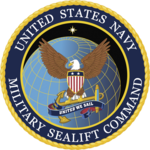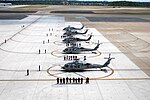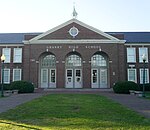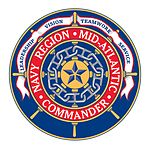Ocean View Amusement Park
1978 disestablishments in VirginiaAmusement parks in VirginiaDefunct amusement parks in the United StatesEconomy of Norfolk, VirginiaHistory of Norfolk, Virginia ... and 1 more
Vague or ambiguous time from August 2017
Ocean View Amusement Park was an amusement park at the end of Granby Street at Ocean View Avenue in Norfolk, Virginia, USA, opened in 1905 and operated by Jack L. Greenspoon and Dudley Cooper. The amusement park and its wooden coaster, the Rocket, appeared in the 1977 movie Rollercoaster but closed on September 4, 1978. The Rocket was destroyed as part of the making of the television program The Death of Ocean View Park in 1979.The amusement park had five coasters, including the Southern Belle, Leap the Dips, Figure Seven and the Rocket. The history of the park is described at the Ocean View Station Museum in Norfolk, Virginia.
Excerpt from the Wikipedia article Ocean View Amusement Park (License: CC BY-SA 3.0, Authors).Ocean View Amusement Park
West Ocean View Avenue, Norfolk
Geographical coordinates (GPS) Address Nearby Places Show on map
Geographical coordinates (GPS)
| Latitude | Longitude |
|---|---|
| N 36.954141666667 ° | E -76.250702777778 ° |
Address
Ocean View Park
West Ocean View Avenue 120
23503 Norfolk
Virginia, United States
Open on Google Maps







